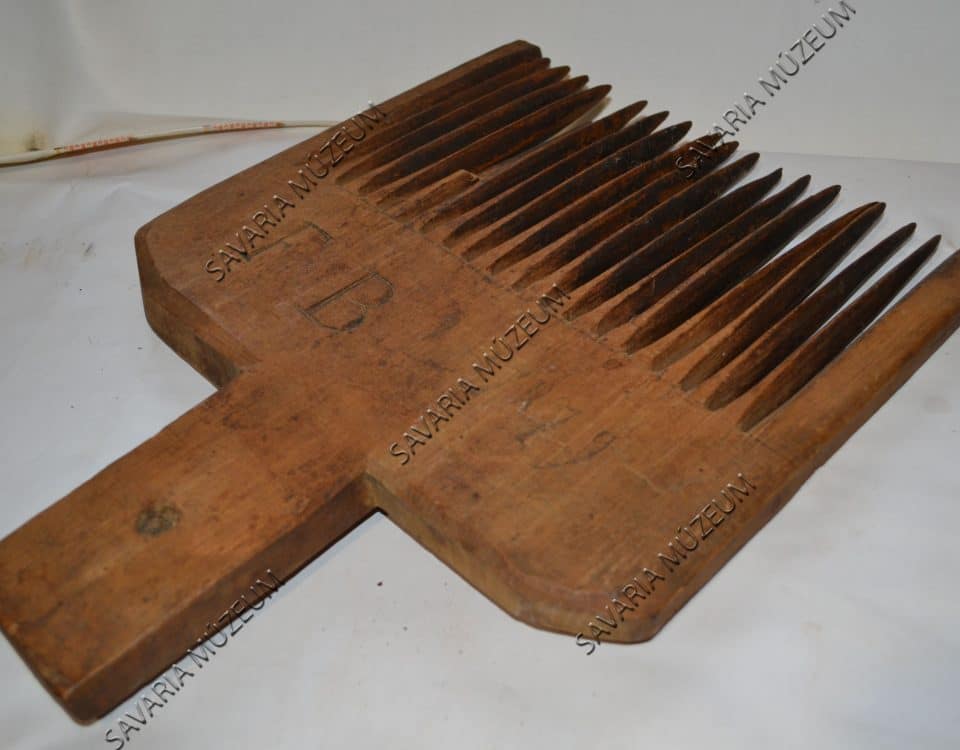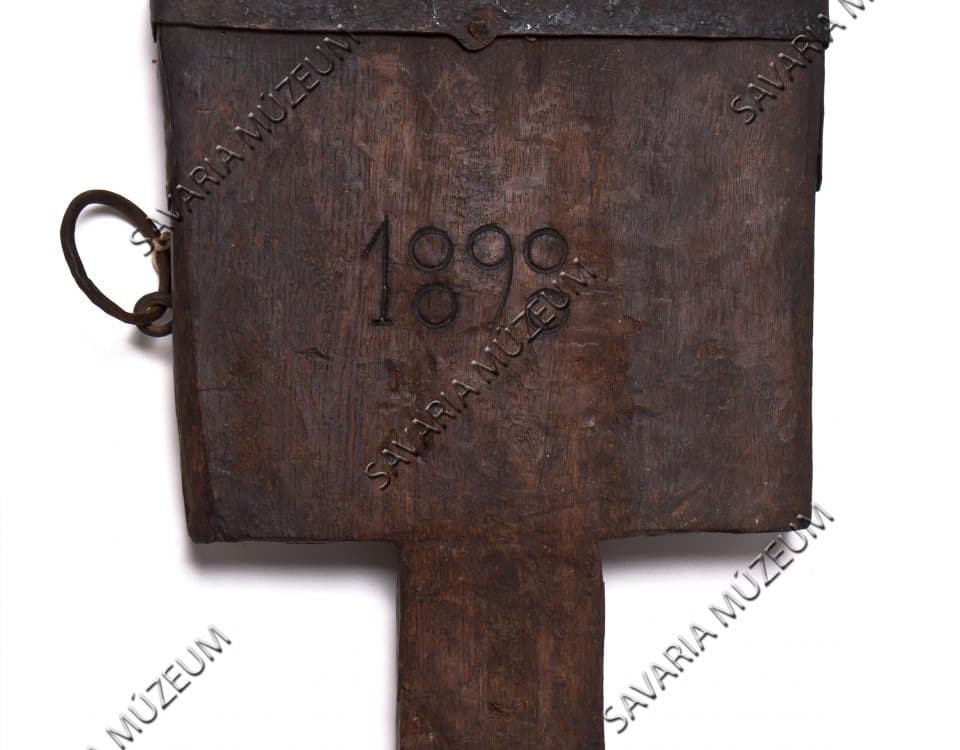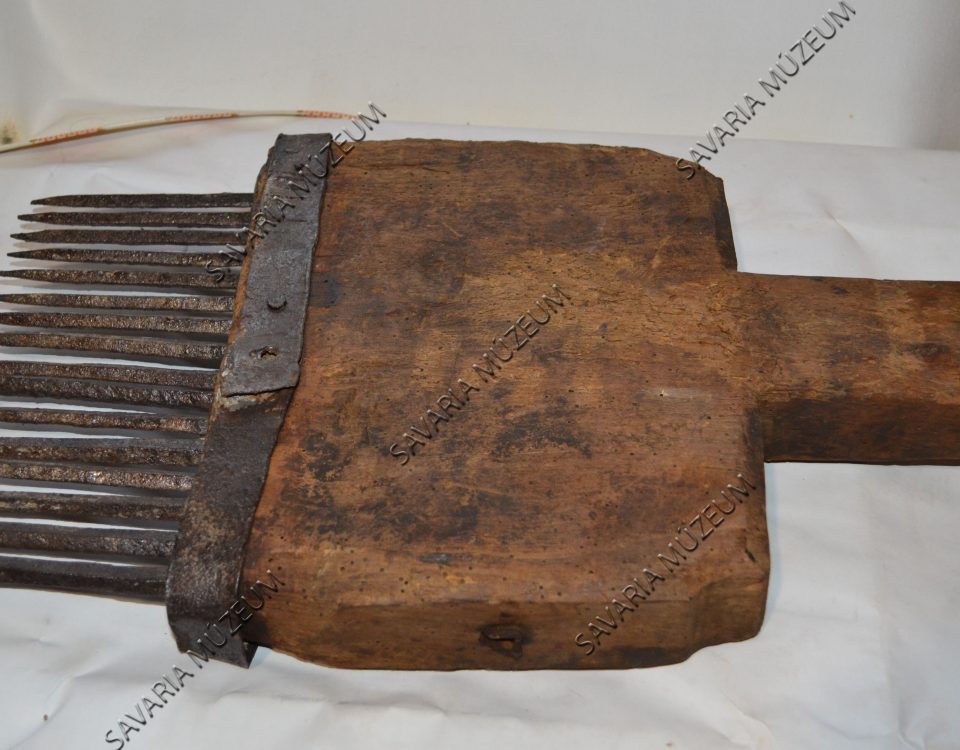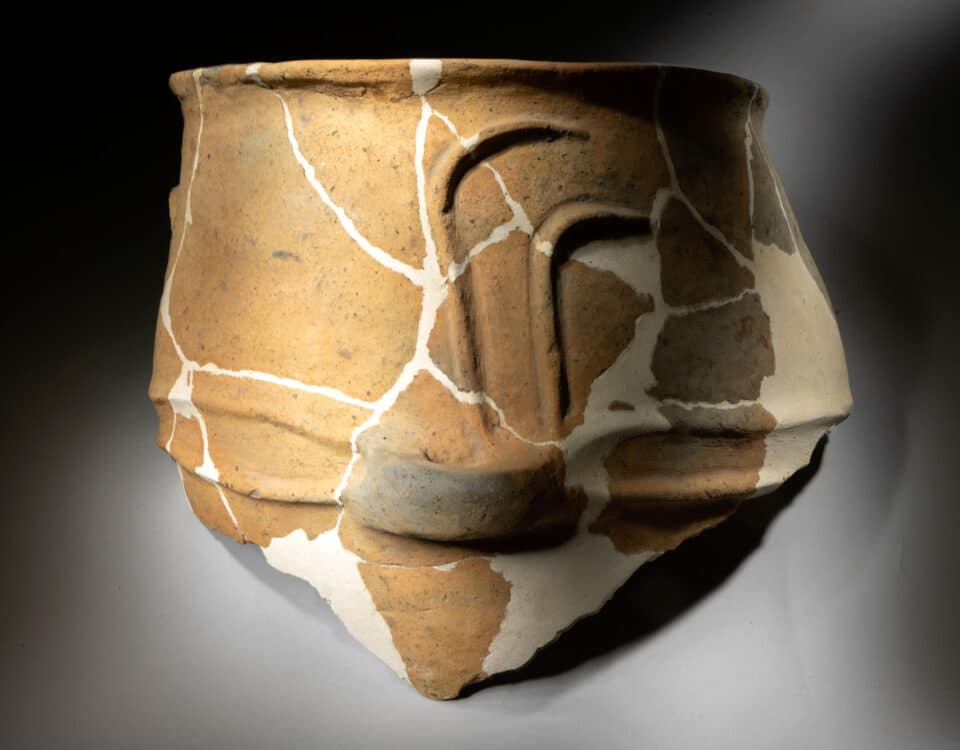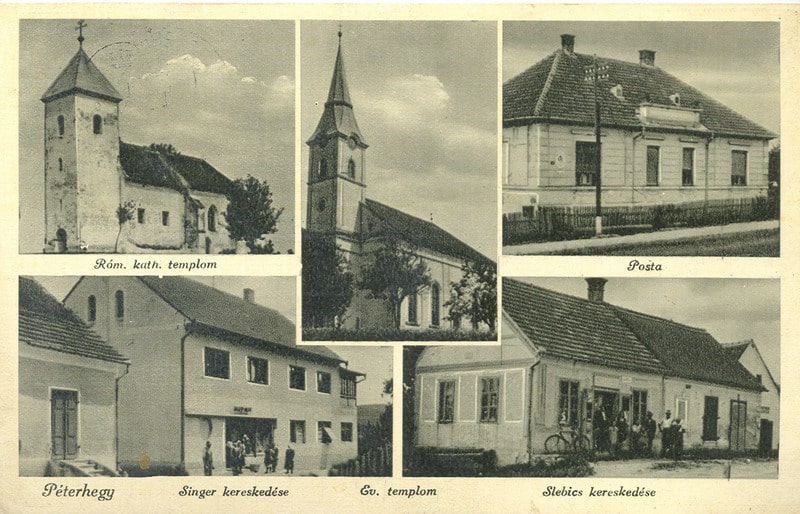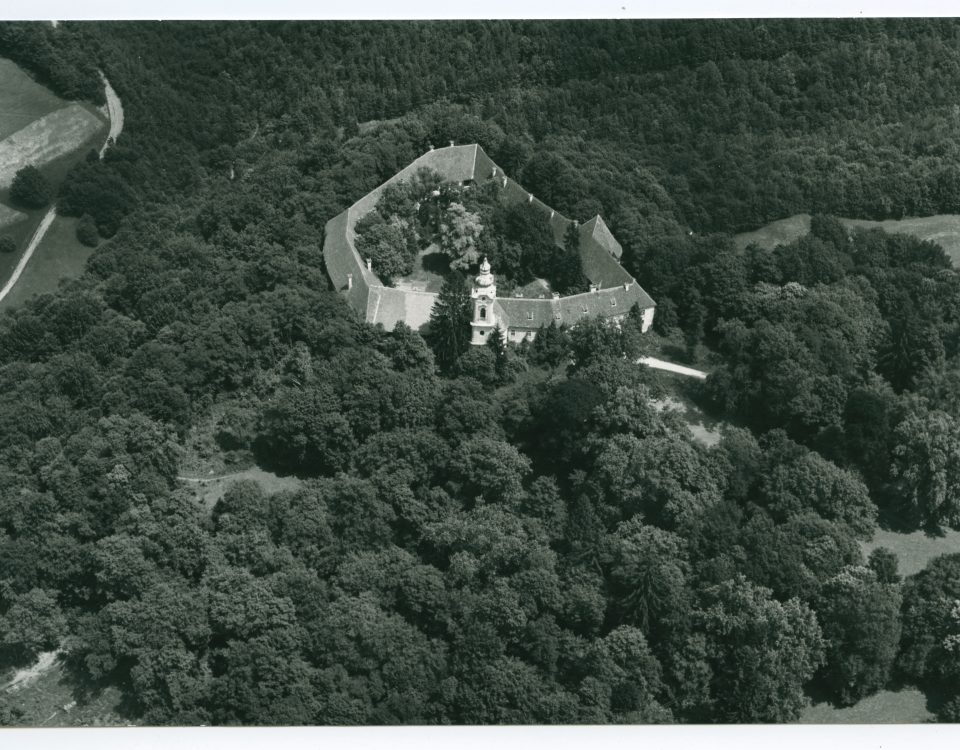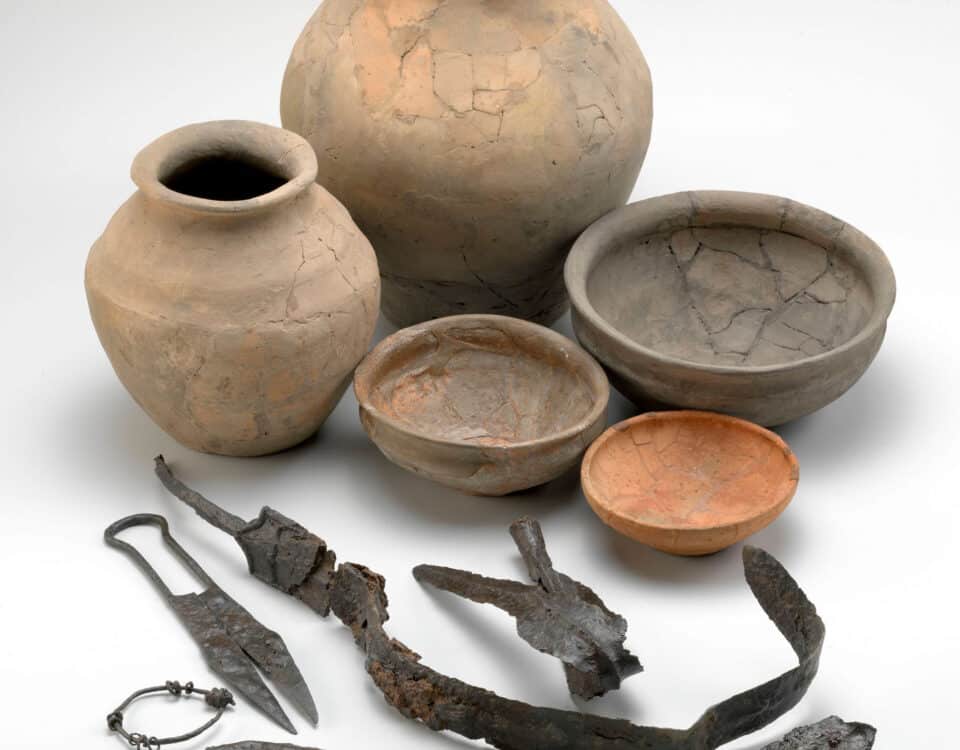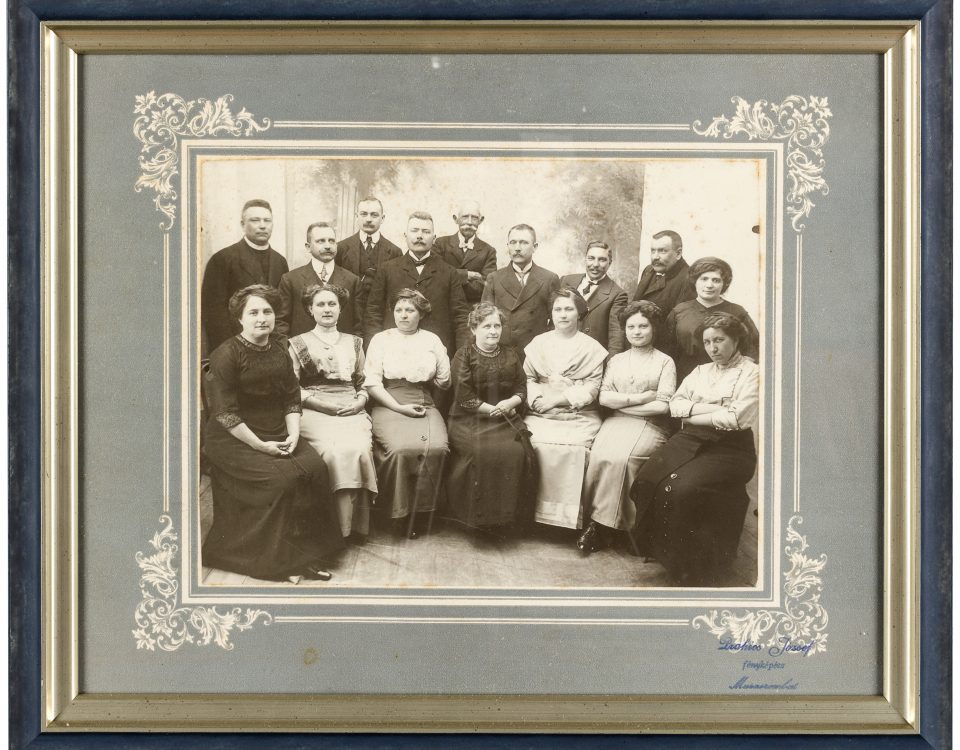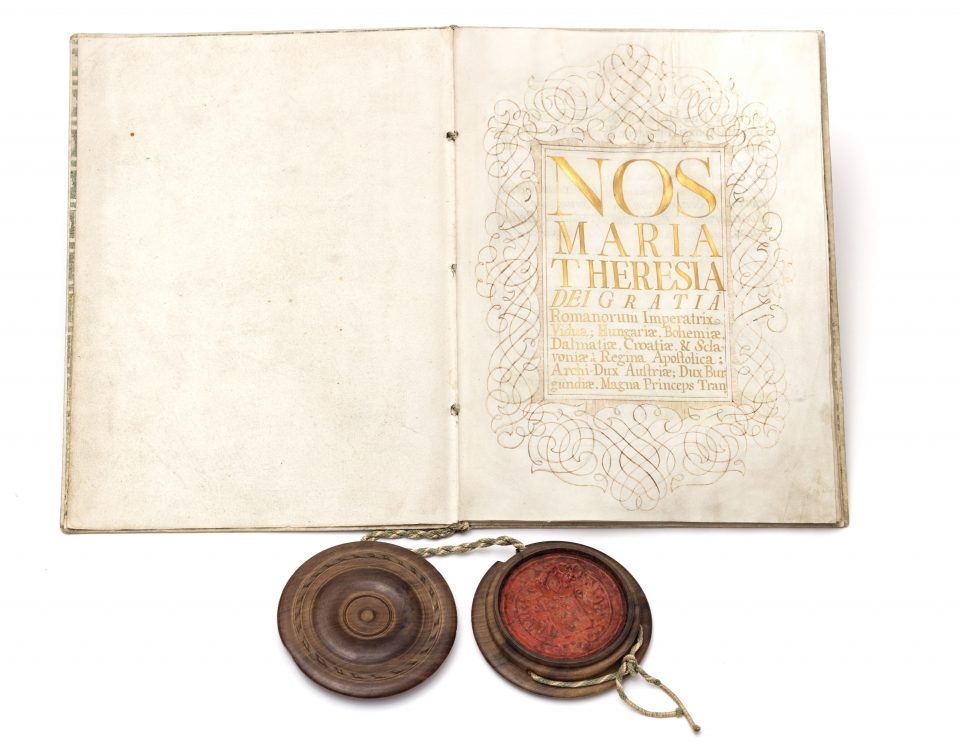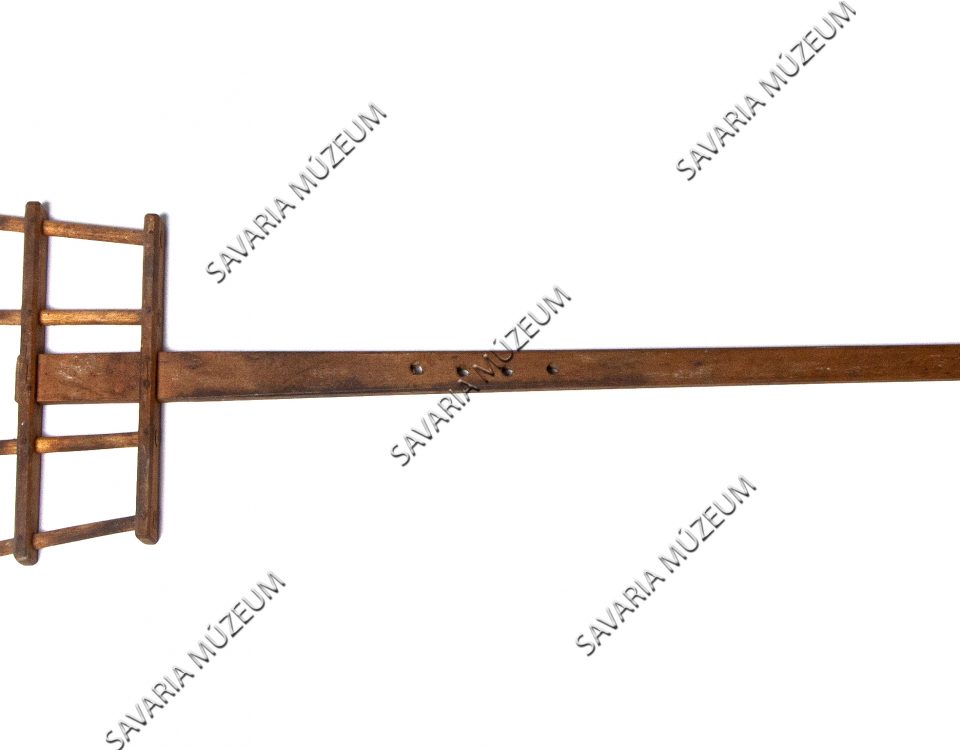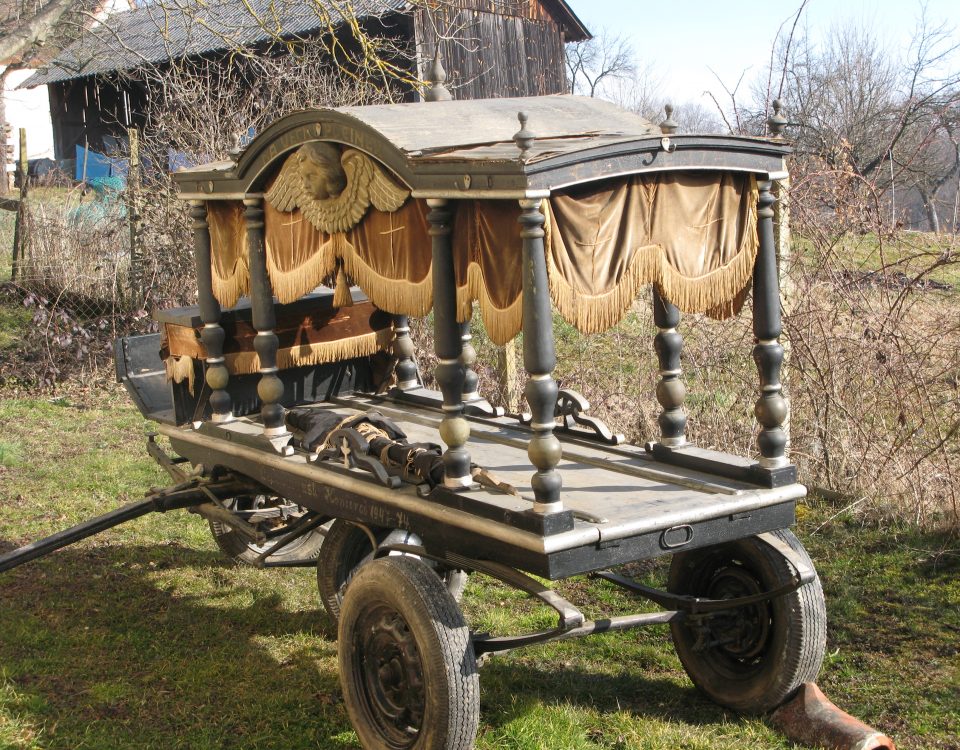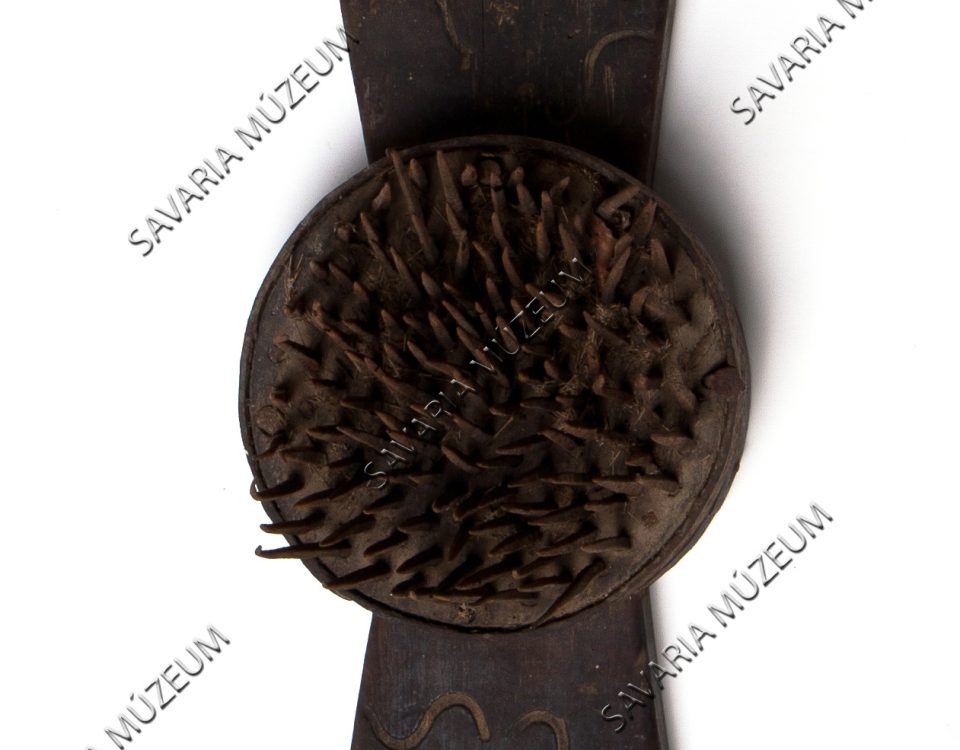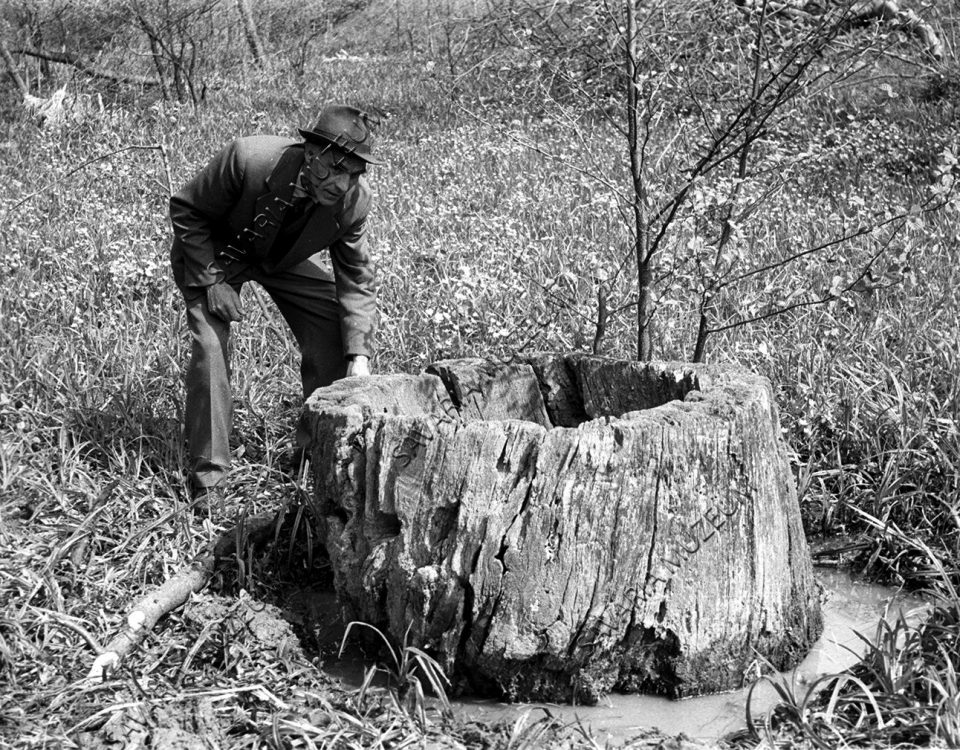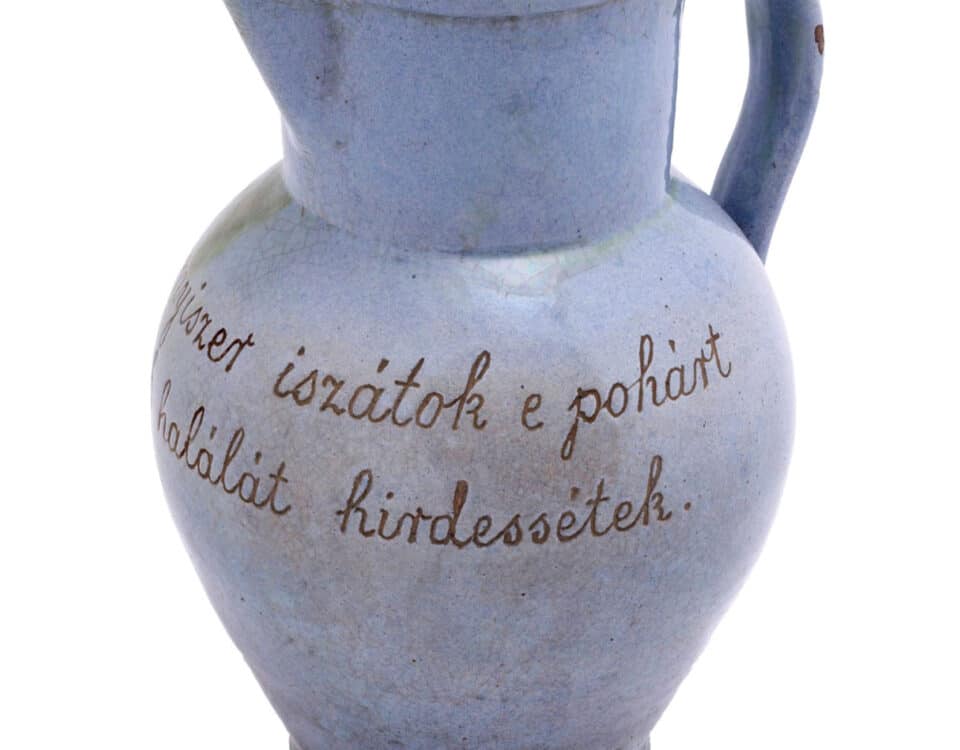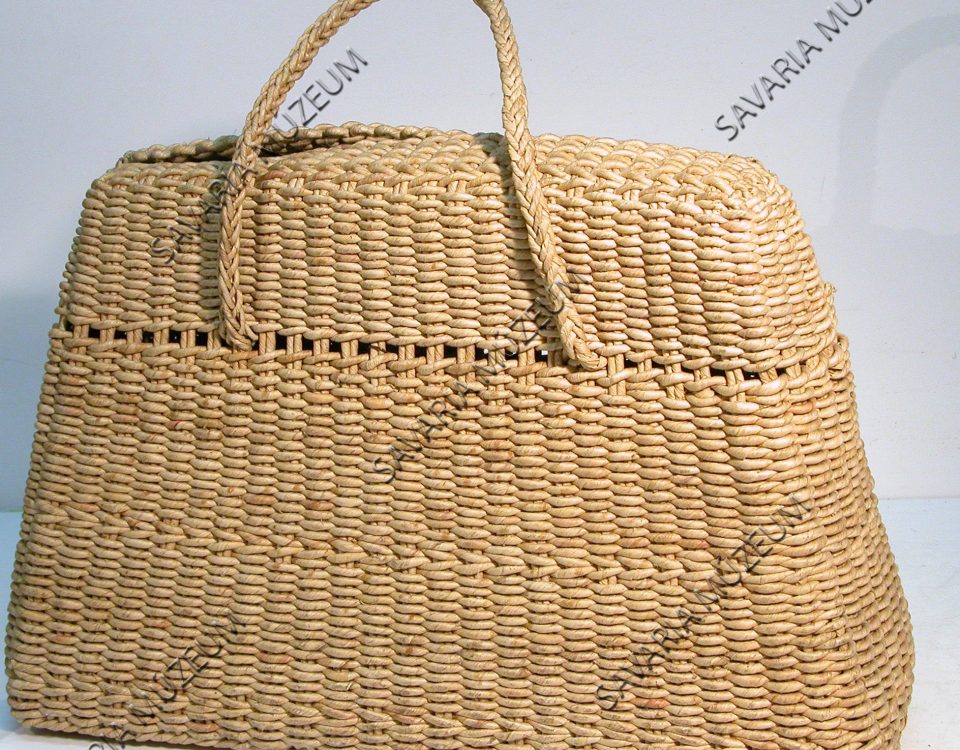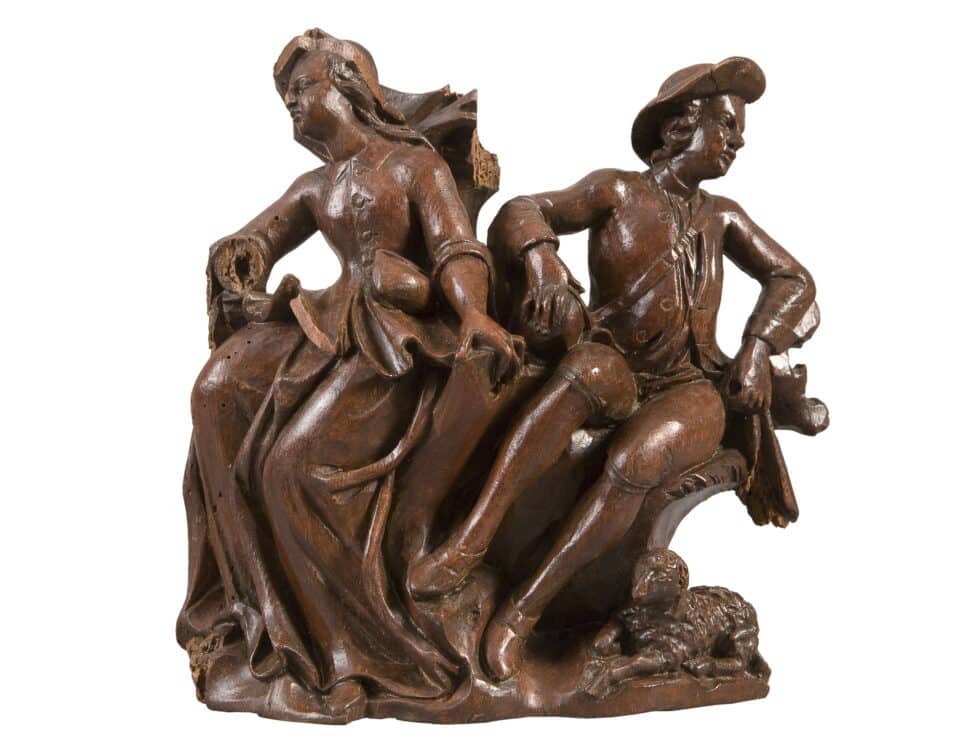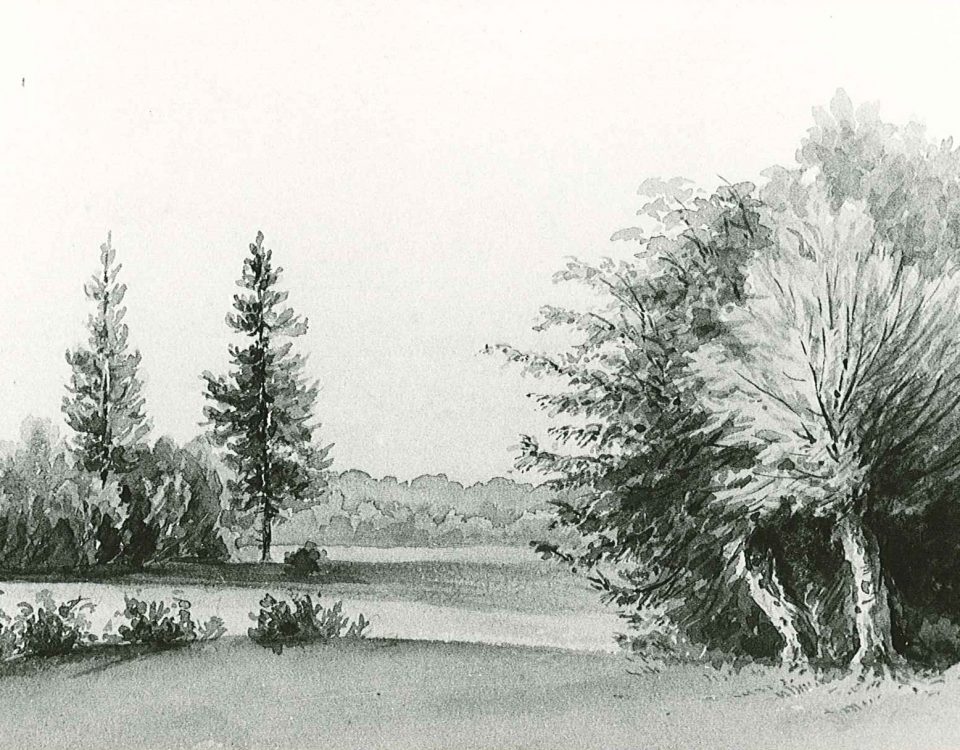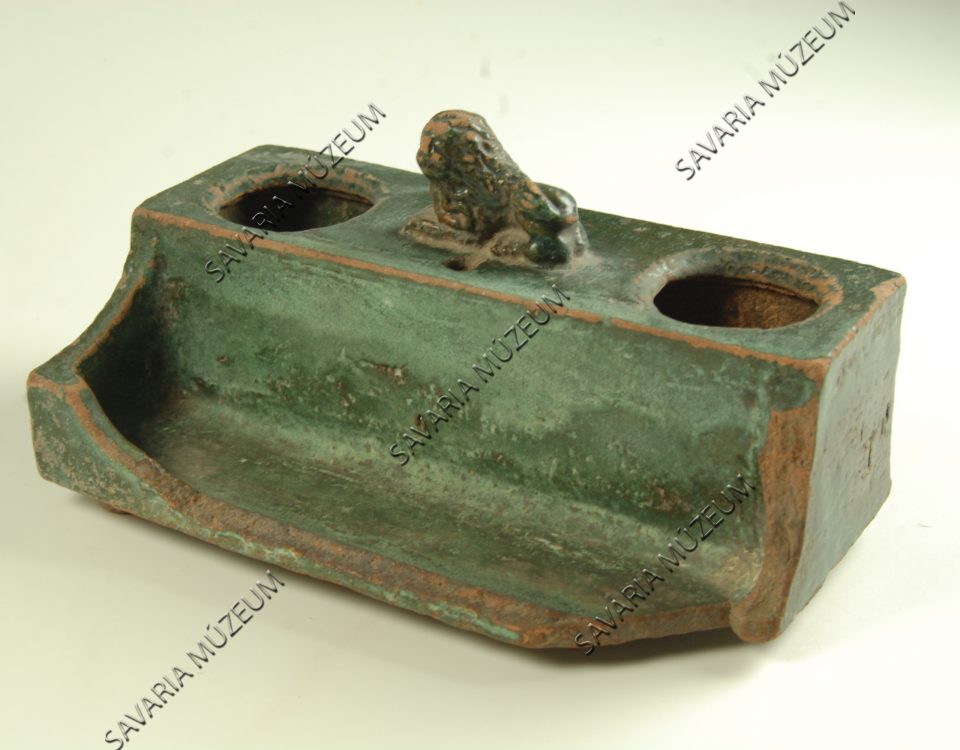This website uses cookies so that we can provide you with the best user experience possible. Cookie information is stored in your browser and performs functions such as recognising you when you return to our website and helping our team to understand which sections of the website you find most interesting and useful.
10. February, 2020
A wooden base carved from a single piece of wood, with pointy teeth at the end. This was used to pull the flax seeds off the top of the plant. In Hungary it was used only in the westernmost part of Transdanubia. It is widespread among Slovenians.
31. March, 2020
Single-row iron toothed flax comb with iron ring. It was collected by Kálmán Komjáthy from Mrs. Géza Fölnagy. Carved inscription: 1898. Some of the teeth are missing. The object was used in flax processing.
10. February, 2020
A wooden base with handle, with two rows of wrought iron nails at the end, with which the flax seed was pulled off the top of the plant. In Hungary it was used only in the westernmost part of Transdanubia. It is widespread among Slovenians.
10. February, 2020
Hand-drawn and colored plan of the 2nd floor of the castle, marked with architectural elements and the upper courtyard.
18. August, 2020
In one of the caves at the Oloris archaeological site near Dolnji Lakoš, the top part of a larger ceramic vessel with handles was found. It was hand thrown, is orange-brown in colour, with a smooth surface and is made of earthenware clay. It has four handles. One of the handles is in the shape…
10. February, 2020
Five photos of Gornji Petrovci settlement in Goričko in the Prekmurje Region in the World War II. Inscription: Peterhegy. On the other side there is an inscription in Hungarian made with fountain pen, dated December 23, 1942. The postcard was sent from Gornji Petrovci to Torony in Hungary.
5. March, 2020
Jože Kološa-Kološ was born on September 28, 1920 in Murska Sobota. He died on June 29, 1998. During his creative life, Kološ created a huge oeuvre. Kološ's works from around 1960 and later years represent the peak of his creative work. The black and white photograph depicts the Goričko Castle - aerial view.
4. March, 2020
Container made of straw and willow with a spiral technique for storing grain and legumes. Its broad belly ends in 7 cm-long neck. It stands on crossed slats, 23-23 cm in length.
15. May, 2020
At the site, Pod kotom–sever, the cremation grave of a Celtic warrior was discovered in 2001. The remains of the grave were found at 0.35 m deep, visible as a compressed, scorched bundle of pieces of iron, ceramics, bones and charcoal. The top was damaged by ploughing, the fragments of pottery were sprawled around. Lying…
2. March, 2020
Group photo with residents of Murska Sobota. It is the work of Jože Prahič, a photographer from Murska Sobota. The picture shows eight men and eight women. Among them are the parish priest Slepec, the cantor Franc Ruzsa and the Lutheran chaplain Štefan Kovač in of Murska Sobota.
21. April, 2020
On April 19, 1777, Empress Maria Theresa signed the Guild charter outlining the responsibilities and privileges of the mixed guild of blacksmiths, locksmiths, saddlers, cartwrights and millers in the Beltinci Parish. The authenticity of the document is evidenced by the empress’ signature and the seal of the Habsburg Government. The seal was printed on a…
31. March, 2020
The 4-pronged wooden fork has 4 + 1 holes on the curved handle. It was collected by Kálmán Komjáthy from Mrs. Jenő Császár. The harvesting pitchfork was attached to the scythe so that the cut spikes were tilting in the same direction. There are many types of harvesting pitchforks. Some have a long handle like…
21. April, 2020
In Kančevci, from 1947 to 1985, the Lutheran and Catholic villagers carried their dead for their last trip by hearse. The hearse was made of wood, the parts were made by Koloman Vajda of Ivanovci. The textiles in the car came from emigrants to the United States and was sewn by women in the village.…
1. April, 2020
Heckle decorated with wavy lines. The heckle is a rounded comb for flax or wool with nails as teeth. The base is carved with serpent-shaped patterns. The object was collected by Kálmán Komjáthy from Ernő Baksi on Szaknyér. From Komjáthy the object found its way to the museum.
4. March, 2020
A well carved out of a log. It got from Gersekarát to Savaria Museum in 1969.
15. May, 2020
Calvinists were among the first protestants in Prekmurje in the 16th century. The only operating Slovenian Reformed Christian Church today is situated in Motvarjevci. In front of the church, the bust of Jannus Calvinus has stood since 2017. The light blue glazed jug is shaped like any ordinary wine jug. It differs from others due…
19. February, 2020
A bag made of corn husk, having long handles, narrowing towards the top, tightly fitting. Until the 1980s it was widespread in the Őrség and in the neighboring Slovenian Rába region.
23. April, 2020
The carved sculpture was a furniture ornament. The owner of the furniture is unknown, presumably a member of a wealthy social class. A relief is a sculptural work of art that slightly protrudes from the base plan. The work is a genre piece, which is characterized by depicting the events and scenes of everyday life;…
21. February, 2020
In the early 19th century, Alojz Eberl, an imperial tax officer, and a late romantic painter, moved with his family to Murska Sobota. He painted watercolors in his older age. Eberl's legacy forms the core of the 19th-century art history collection linked to the past of Murska Sobota and its surroundings. It comes from the…
21. February, 2020
Green glazed rectangular four-legged tile ink holder. It has a groove-shaped front and 2 holes at the top. Between the two holes there is an ornament depicting a lying lion. A cylindrical flanged ink container was inserted into one of the holes. The other hole was the place of a blotting sand holder. The blotting…

